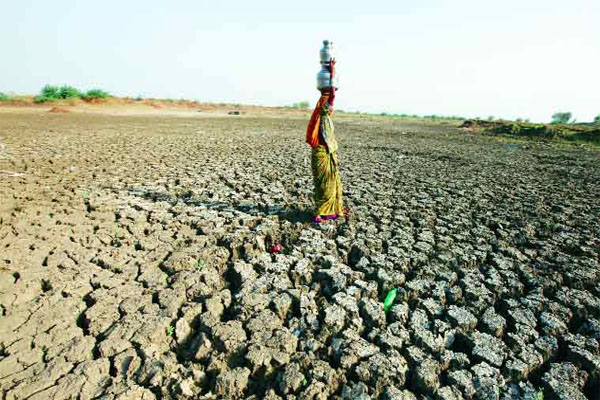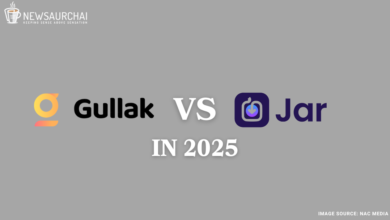
Being a peninsular country with a diverse population of thrice of that of the United States, India is leaving its mark in every place it is running on. From economy to overcoming poverty, from sanitation to equality, India is in the lead in every zone. However, after initiating hundreds of Water conservation Programme, India is still facing a water crisis. Soon all the Metropolitans States will suffer from water crisis issues commented by NITI Aayog.
The loophole is not of the crisis of having drinking water, but we are getting into the zone where we are left with no water for any use. Thousands of NGOs, Government Organisations and other parties are working for water conservation, but still, we somewhere lack behind in this journey. Groundwater, which has been steadily depleting for years, makes up to 40% of the country’s water supply. However, other sources are also running dry — almost two-thirds of India’s reservoirs are running below average water levels, the country’s Central Water Commission said in June.
MAJOR REASONS FOR WATER CRISIS
- Population the most prominent factor of all the problems prevailing in India is playing a significant role here also. India’s population is growing fast, and with this pace, we will soon overtake China’s and will become the most populous country in the world. More people, more need of water but less step to conserve it on the ground level, which automatically makes it up to water depletion condition.
- Awareness is somewhere in a void which is not getting filled up by the people. The population is unaware of the facts and data that we are in a condition of the water crisis and soon will be left with no water for any use.
- The exploitation of natural water bodies is also a significant factor. We are blessed to contain about 4 per cent of worlds water with a sufficient water level in the water bodies. Still, we are standing in the phase that we don’t have water and measures to fight our problems which we have created by polluting the water bodies, unnecessary wastage of water and more.
- Global warming, ozone depletion and climate factors are making the environment unsuitable for renewable resources. This is why the replenishment of water is slow being a renewable source — more usage but less monsoon rain, resulting in slow replenishment of water.

FUTURE OF INDIA’S WATER
We are growing and becoming all-rounder technically, physically as well as in mental abilities. However, all this will be of no use if we aren’t able to save the basic need for human existence? Will you be able to survive the crisis when you don’t have the source to replenish it? Will we be ready to tackle the day of zero water or dry taps?
NITI Aayog has already listed the states and cities which are going to suffer majorly by this water crisis by 2020. The World Health Organization (WHO) stated that an individual requires around 25 litres of water daily for meeting basic needs. The rest is used for non-potable works. With this pace, we will soon end the water and will be not in a condition to replenish it. Already some backward regions are facing zero water days, and if no significant step is taken, other parts of the nation will suffer the same fate.
WHAT CAN WE DO?
Government has already launched many programs to save water through conservation and harvesting. The recent one is JAL SHAKTI MISSION; its main aim is to provide safe drinking water to every citizen of the nation. Moreover, at the same time giving water to fulfil basic needs while using it sustainably.
We can always learn from our ancestors as they have blessed us with an incredible legacy of techniques. The only chain which is lacking is from our side to understand their intellectual property.
The primary step in such field is RAINWATER HARVESTING. By creating tanks on roofs, underground tanks or underground pipes, we can conserve rainwater and use it for potable and non-potable work purposes. We can plant more and more trees to let our land breathe so that it can cure the global warming issue and make the replenishment work in the right manner. On an individual level, we can save water and use as a minimum as we can.
It is our duty and of utmost priority to realise that understanding and to manage the water situation is not the job of Government or Organisations alone. Every citizen of India irrespective of their class, profession or any other aspect is responsible for this.
Emphasis on some activities or behavioural change is not getting enough attention because it is nuanced and complex. However, locals/citizens/ urban areas people have a huge part to play in this journey of water conservation. By keeping an eye on our usage and actions, we can contribute, and this little contribution of every individual can revolutionise this whole cause.





